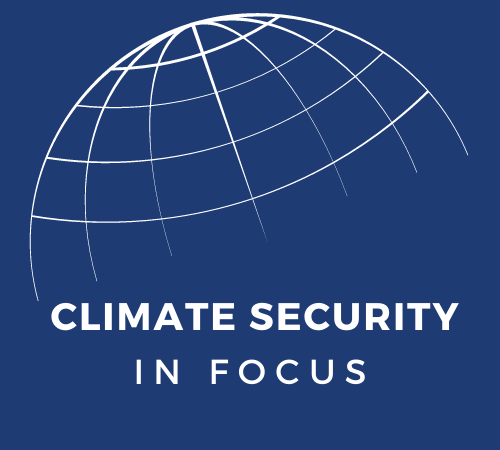
Climate & Invasive Pests
The complex, interconnected impacts of climate change are well known and widespread. Warmer overall temperatures and more intense, sustained heat waves are already being felt around the globe and have already caused polar ice caps to melt and sea levels to rise. Increases in severe weather and extreme weather events such as hurricanes and tornadoes are already more common, less predictable, and more powerful. Oceans continue to warm, and higher carbon dioxide concentrations in the atmosphere contribute to ocean acidification, making marine habitats less and less habitable. Temperature ranges and humidity conditions are directly related to the growth and spread invasive pests, meaning a changing climate creates new opportunities for these species to grow into new areas.
With oceans and temperatures warming, scientists have seen a rise in invasive species across ecosystems. As habitats are destroyed and weather patterns altered, many species are forced to find new areas to live in, often invading and altering local ecosystems where they are not native. For example, Burmese Pythons, an invasive species to the Florida Everglades, have wreaked havoc on the area since they were first discovered in the area in 2000, outcompeting local species for food and causing large declines in mammal populations. Because the python has no natural predators in the area, its population is free to grow without constraint. However, If climate change results in warmer, more humid environments across the region, the python’s ability to expand into new areas will be heightened.
Invasive pests and species are not just an issue for individual species and ecosystems. Changes in climate also cause similar ecological effects for the fungi and insects that typically inhabit croplands, potentially impacting food production, supply chains, and food security. Approximately 40% of global cropland is affected by invasive species, which in turn, is one of the largest drivers of biodiversity loss. Currently, damage caused by invasive pests and plant diseases cost nearly $290 annually to the global food producers. Crop diseases such as Bacterial Spot, Anthracnose, and Southern Rust are projected to become more common in the Midwest due to changing conditions, directly threatening staple crops such as rice, wheat and corn. The viability of these crops is crucial as they account for nearly 60% of calories consumed worldwide. Climate change will further compound the susceptibility of these crops to new diseases as it weakens crops and reduces their ability to fight off harmful species and diseases.
At the same time, climate change is currently negatively impacting the species of insects that positively affect crop productivity and food security. Pollinators such as bees and butterflies play a crucial role in the agricultural system. As a whole, pollinators contribute more than 24 billion dollars to the United States economy, sustaining the production of fruits, vegetables, and staple grains. The same climatic shifts that change the range of invasive species also shift the habitats and life cycles of pollinators. Most agricultural systems rely on these pollinators, consequently, the decline of pollinator populations could have drastic effects on food productivity and security in coming years. Shrinking populations of bees in the United States has already begun to limit the productivity of fruit crops such as apples and cherries across 13 states.
The combination of these two shifts will greatly impact agricultural production and food security both globally and domestically. Nearly a third of countries worldwide face significant threats in the form of invasive pests or pollinator loss. As one of the largest food producing countries in the world, the United States faces one of the greatest potential absolute losses from invasive pests, with total damage estimated at $40 billion per year. Nations that are already food insecure will face disproportionately severe economic impacts since already fragile agricultural systems are unlikely to be able to mitigate and respond promptly to breakouts of invasive pests.
Responding to the threat of invasive species will likely require action at the government level. Strict monitoring of imports and exports is crucial to both preventing new outbreaks and limiting the spread of threatening pests and diseases. Experts around the world have proposed numerous safeguards, including the utilization of GMO crops, or even the introduction of additional non-native species that would outcompete harmful pests. International cooperation under the International Plant Protection Convention (IPPC) focuses on the spread of invasive species via trade and sets out standards for sanitization and quarantines on imports and exports of crops. It also provides funding for research into pest-resistant crops and more comprehensive sanitization methods. Domestically, the 2014 and 2018 Farm Bills provided $48.1 million and $80 million respectively for research into projects that would limit growth of invasive species. The USDA budget for 2022 only includes $9 million for similar projects, so current negotiations over the reauthorization of the Farm Bill presents an opportunity for an increase in this funding. Regardless of the solution, facing invasive species will be one of the most crucial challenges in a warming world.
Climate Security in Focus is a blog series dedicated to exploring key elements of climate security that impact American interests both at home and abroad. The series aims to examine specific aspects of climate security issues in order to better understand climate policy challenges, facilitate conversation, and generate ideas.





